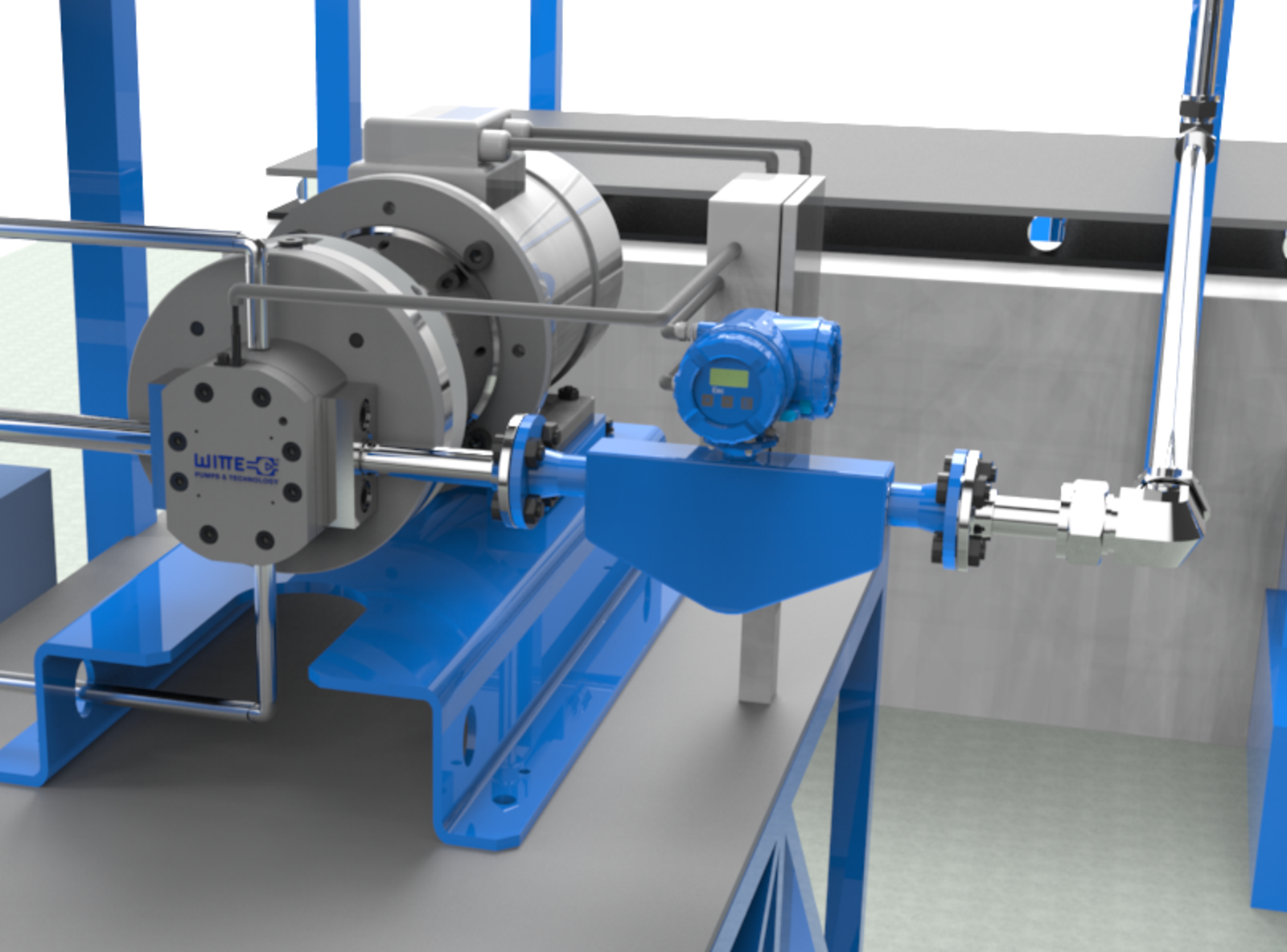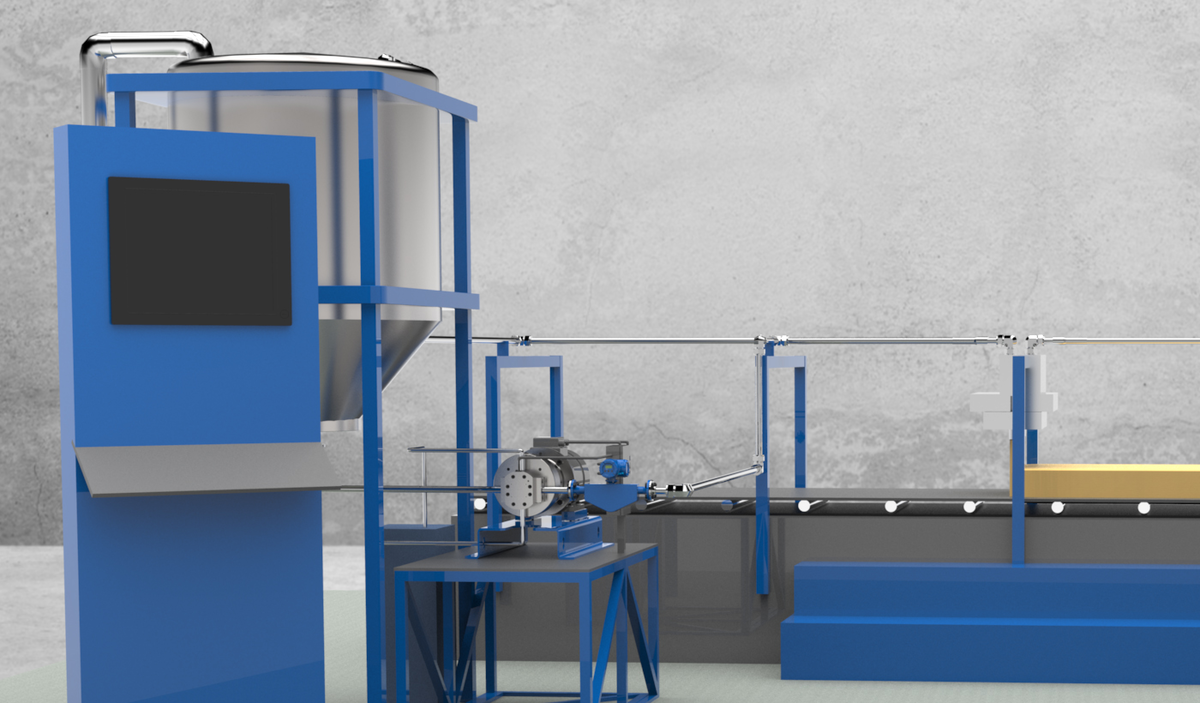
Isocyanate pump
Isocyanants are highly reactive esters of isocyanic acid. They are used to produce polyurethanes by adding alcohols in a polyaddition reaction. The materials and design of the CHEM pump are therefore specially adapted to this application.
Thus, due to the low viscosity of the isocyanates, plain bearings and the gear shafts made of low-friction and low-wear material pairings are used in this application. By using special stainless steels as housing material, efficiency improvements can be realized even at operating temperatures above ambient temperature, as well as tight clearances.
The toxicity of the isocyanates requires the pump to be designed with a technically tight shaft seal in accordance with TA Luft. Hermetically sealed magnetic couplings are preferred, but the use of buffered mechanical seals is also possible.
Operating parameters
- Pump type
- CHEM 2,78
- Flowrate l/min
- 0,2 up to 2
- Possible seals for this application
- Magnetic coupling or double, buffered mechanical seal
- Heating
- hydraulic if required
